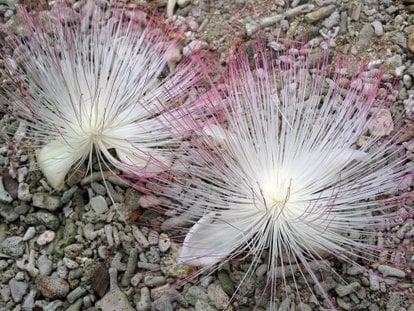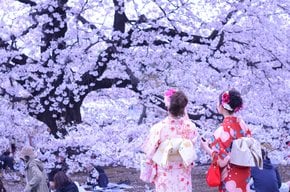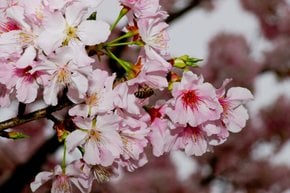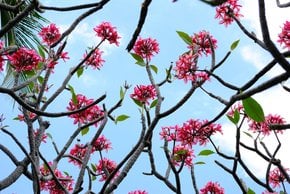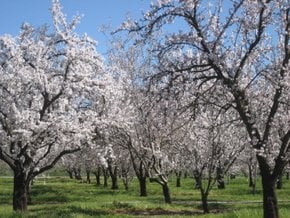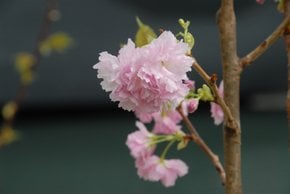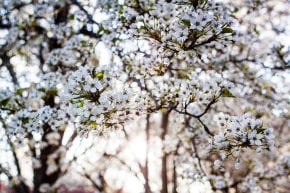Fish Poison Tree (Vutu) in Fiji 2025-2026
As the name indicates, the plant with the blossoms bears fruit, poisonous to fish
Best time: November–January
Fish Poison Tree or Sea Poison Tree is scientifically named as Barringtonia Asiatica and locally known as Vutu. It's an evergreen tree that grows among the mangroves along the sandy coastline of Fiji. The tree is rather tall and has large 30-centimetre fleshy leaves. Vutu has very beautiful flowers: four white petals surround a plurality of long pinkish stamens, making the flower look like a large pompom. At noon the flower buds begin to slightly open, at sunset they extend a strong, rather heavy, unforgettable aroma. The next day the flowers fall and one can see a few pretty blossoms scattered along the sandy shorelines.
Bats and large moths pollinate the flowers attracted by its intense flavour. After flowering, the plant produces a 11 cm fibrous inedible fruit. Due to its specific shape, it's called Box fruit. The seeds provide poison (saponin concentration) traditionally applied in fishing. they are dried and triturated to prepare the famous poison. Besides, the fruit is widely used in folk medicine—it facilitates rheumatic pain, expels tapeworms, lice, and other parasites.
Although the blooming season is nearly all year round, the fruit harvest peaks between November and January.


